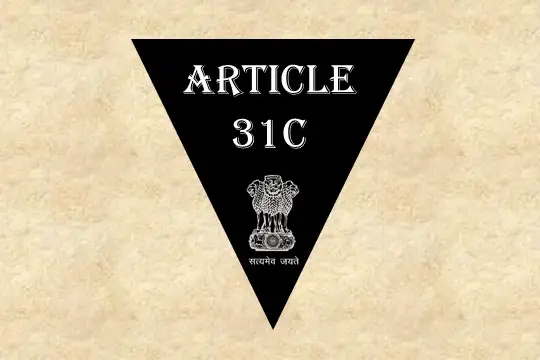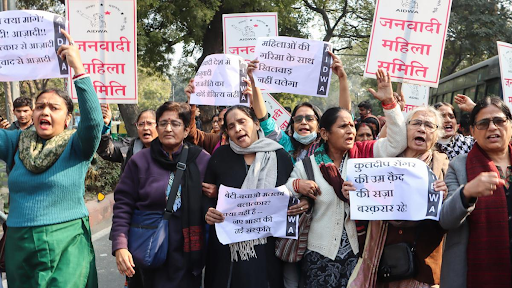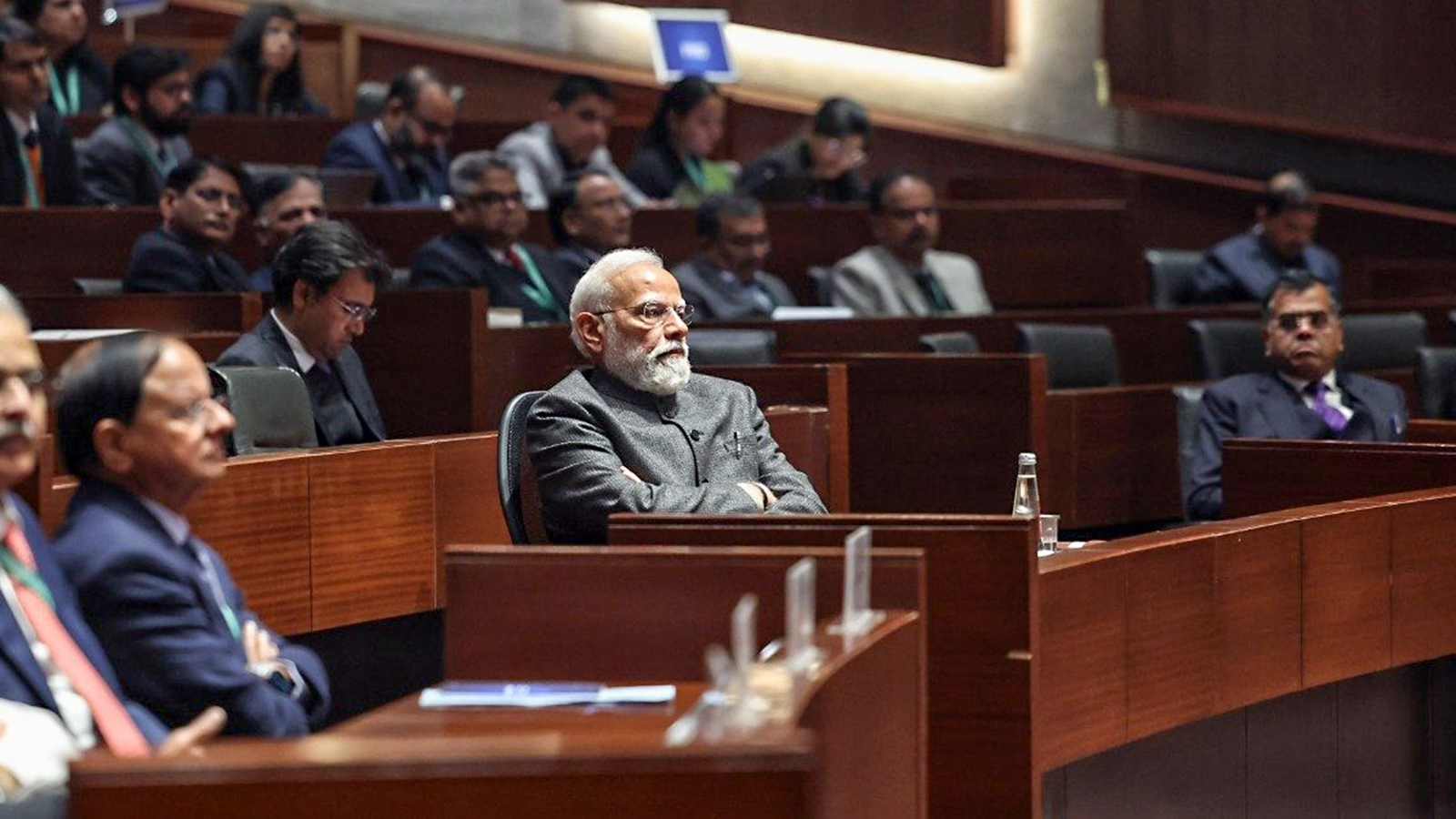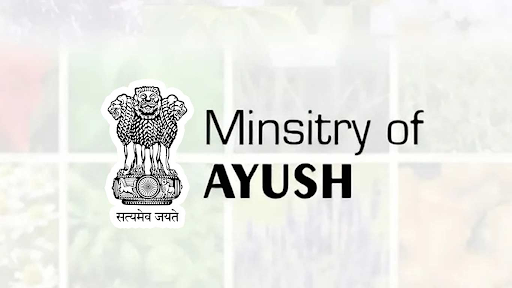Description

Copyright infringement not intended
Picture Courtesy: https://wonderhindi.com/article-31c/
Context: The Supreme Court led by the Chief Justice of India decided to address whether Article 31C still exists while hearing a case on the government's ability to acquire and redistribute private property.
Details
- The case surrounding Article 31C and its implications for the interpretation of fundamental rights, especially in relation to private property and socio-economic reforms, is complex and rooted in constitutional history.
Introduction of Article 31C
- Article 31C was introduced in the Constitution of India through the Constitution (Twenty-fifth) Amendment Act, 1971. This amendment was a response to judicial decisions that limited the government's ability to enact laws for socio-economic reforms.
- The 25th Amendment sought to overcome judicial hurdles by protecting laws enacted to implement certain directive principles of state policy, specifically Articles 39(b) and 39(c), from being challenged on grounds of violating fundamental rights under Articles 14, 19, and 31 of the Constitution
|
Article 31C was introduced after the Supreme Court struck down the Banking Companies Acquisition Act in 1970, which aimed to nationalize private banks, as violating the right to property (then a fundamental right under Article 31).
|
Legal Complications and Constitutional Challenges
Kesavananda Bharati Case (1973)
- In this landmark case, the Supreme Court established the doctrine of basic structure, asserting that certain fundamental features of the Constitution are beyond the amending power of Parliament.
- The court partially struck down Article 31C, specifically the part that prevented laws from being challenged in court.
Constitution (Forty-second) Amendment Act, 1976
- This amendment expanded the protection under Article 31C to cover all directive principles of state policy (Articles 36-51), shielding them from challenges under Articles 14 and 19.
- The amendment was aimed at prioritizing directive principles over fundamental rights for socio-economic reforms.
Minerva Mills Case (1980)
- The Supreme Court struck down certain provisions of the Constitution (Forty-second) Amendment Act, including clauses of Article 31C, emphasizing the limits on Parliament's power to amend the Constitution.
- The court's decision raised questions about the status of Article 31C and its application post the Minerva Mills case.
Ongoing Supreme Court Case
- The current Supreme Court case involves a challenge to Chapter VIII-A of the Maharashtra Housing and Area Development Act, 1976, which allows the government to acquire and redistribute private properties.
- The legality of this provision is being examined in light of the protection provided by Article 31C.
Arguments in the Supreme Court
- Petitioner's Argument: The petitioners argue that the expanded version of Article 31C introduced by the Constitution (Forty-second) Amendment Act replaced the original provision and ceased to exist once the amendment was enacted. Therefore, the striking down of the expanded provision in Minerva Mills did not revive the older version.
- Government's Argument: The government contends that the doctrine of revival should apply, restoring the pre-amended position of Article 31C post the Minerva Mills decision. The government relies on judicial precedents and constitutional interpretations to support this stance.
Significance and Implications
- The case raises questions about the interplay between fundamental rights, directive principles, and the amending power of Parliament. It seeks to clarify the legal status of Article 31C and its impact on socio-economic legislation and property rights.
- The Supreme Court's ruling will have far-reaching implications for constitutional jurisprudence and the balance between individual rights and state policy objectives.
Conclusion
- The ongoing case before the Supreme Court involving Article 31C underscores the complexities of constitutional law and the evolving nature of fundamental rights in India's legal framework. The court's decision will shape future interpretations of socio-economic legislation and the protection of individual rights within the constitutional framework
Must Read Articles:
First Constitutional Amendment
Source:
Indian Express
|
PRACTICE QUESTION
Q. What was the primary objective behind the introduction of Article 31C in the Indian Constitution?
A. To grant the government unlimited power to acquire private property.
B. To protect laws promoting social good from challenges based on certain fundamental rights.
C. To restrict the power of judicial review in economic matters.
D. To abolish the concept of private property altogether.
Answer: B
|












